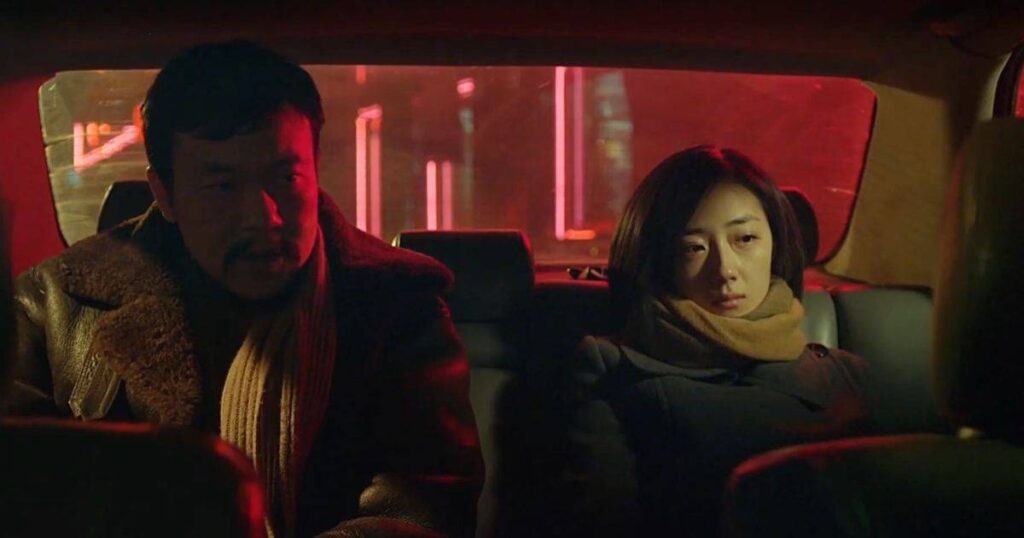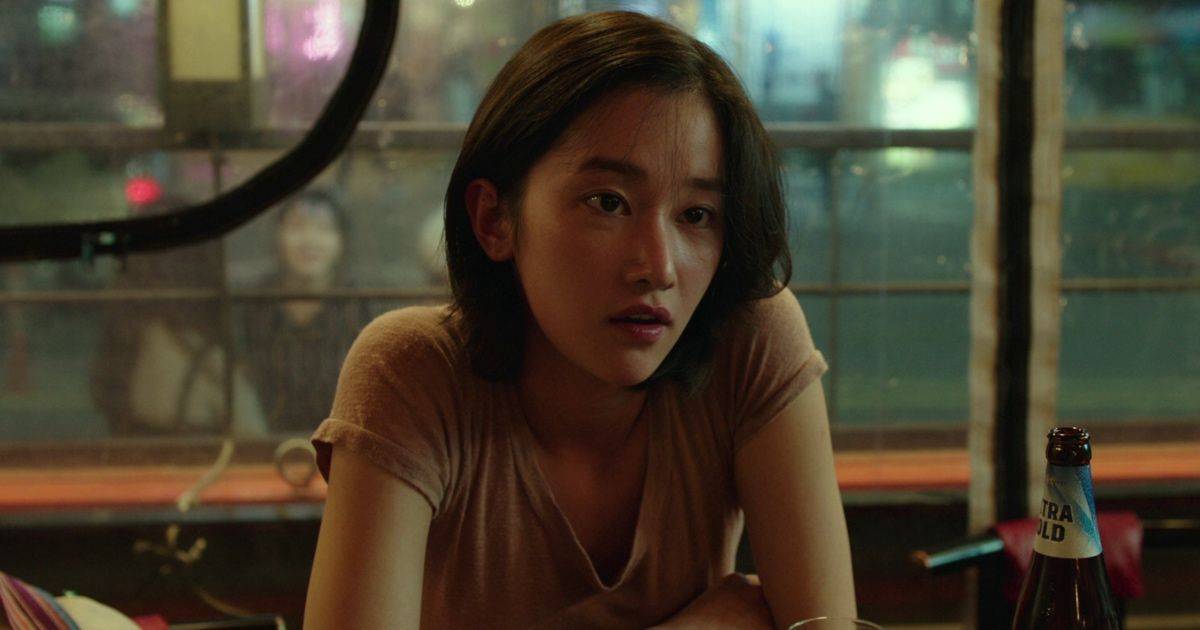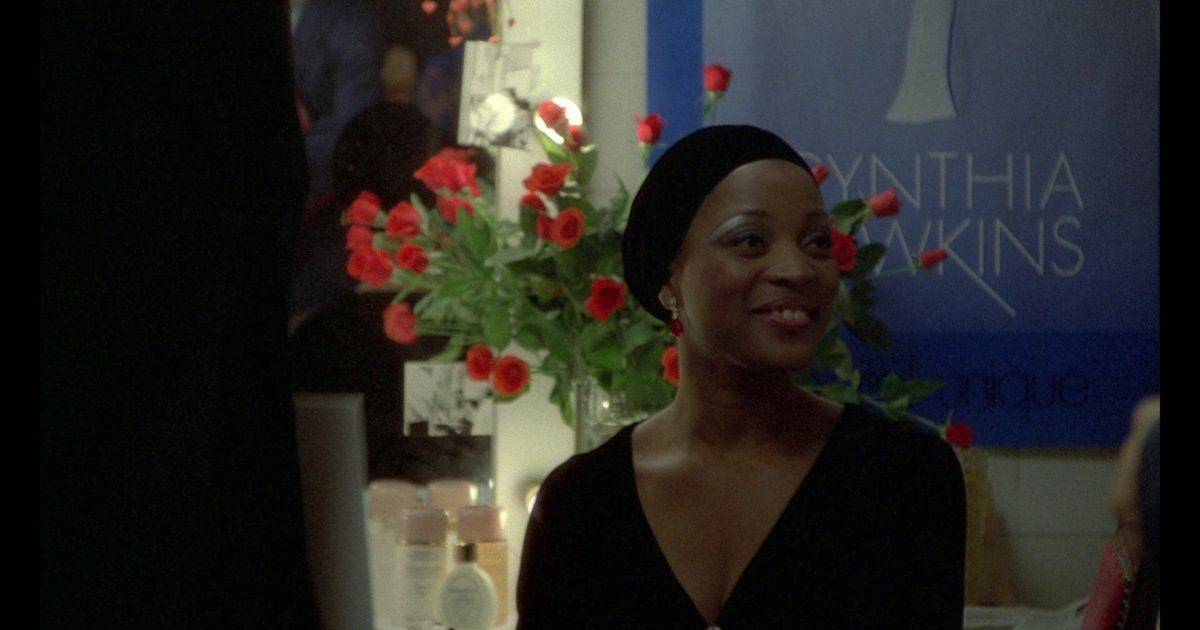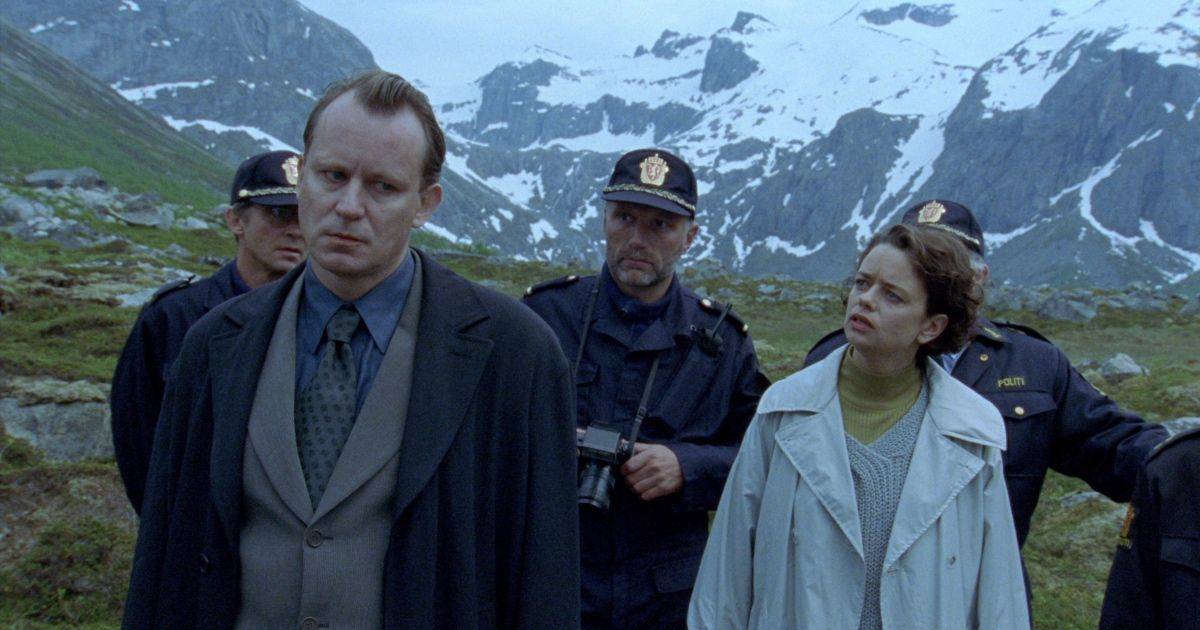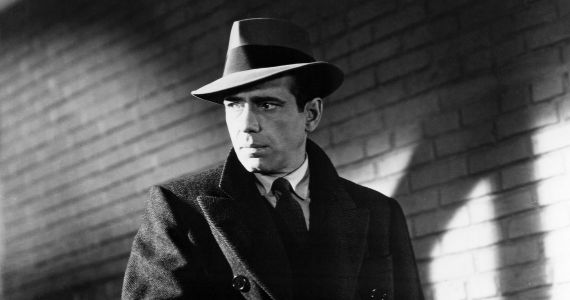The big-screen stylistic elements that characterised the genre from the 1940s through the 1960s were introduced by neo-noirs, which began where the classic noir era left off. The new wave of noirs is characterised by mysterious characters and plots, nocturnal locations, dark and unbelievable crimes, and excellent use of shadows and colour contrast.
Without a doubt, this genre’s creator and best representative is the American cinema industry. But over time, a number of foreign filmmakers shared their neo-noir perspectives and created timeless works of film, whether for their complex narratives or their visually arresting aesthetic. This list showcases the best neo-noir films produced outside of the United States and provides you with notable examples of the style, from Black Coal, Thin Ice, and Memories of Murder to El Aura and Diva.
Table Of Content
Arrivederci Amore, Ciao
Based on Massimo Carlotto’s eponymous novel, Michele Soavi wrote and directed the film Arrivederci Amore, Ciao. Alessio Boni plays Giorgio Pellegrini, a former leftist terrorist who fled a prosecution for subversive behaviour and returned to Italy from Latin America in the film. When Giorgio returns, a dishonest police officer named Ferruccio Anedda puts pressure on and threatens him (Michele Placido). A caustic and hurried representation of the problematic Italian 1970s aftermath may be found in Arrivederci Amore, Ciao.
The ensemble gives remarkable performances, with Placido portraying the ravenous Anedda in top form and Boni portraying Giorgio in ideal physical condition. The film also features some of the best directing and cinematography in Italian cinema in the past 20 years, thanks to Soavi and Giovanni Mammolotti. Arrivederci Amore, Ciao is a surprising overlooked film.
Black Coal, Thin Ice
The movie Black Coal, Thin Ice, written and directed by Diao Yinan, stars Liao Fan as Zhang Zili, a former investigator who is now an alcoholic private guard. Zhang (Yu Ailei) bumps across his former coworker Wang (Yu Ailei) five years after a case destroyed his police career, and he learns that two other killings have taken place since the first case. These latter two share Zhang’s previous case’s strategy, and they all point back to Wu (Gwei Lun-mei).
One of the best neo-noirs in the last 20 years is Black Coal, Thin Ice. It is built in a dark, metropolitan setting and boasts stunning cinematography that emphasises neon signs and nighttime scenes. Additionally, the ensemble delivers a flawless performance that effectively conveys the enigmatic plot. a beautiful piece of art that begs to be watched again.
Burning
Burning, a Pinehouse Film production co-written, co-produced, and directed by Lee Chang-dong, is based on the Haruki Murakami short story Barn Burning. Yoo Ah-in plays Lee Jong-su, a delivery man who reconnects with his childhood friend Shin Hae-mi (Jeon Jong-seo) and meets mysterious and wealthy Ben for the first time (Steven Yeun). Burning will be remembered as a future masterpiece because it is incredibly stressful in its slow-burning buildup and gorgeously shot.
Burning flawlessly combines form and content to produce an aesthetically gorgeous and intensely political experience. The actors does a fantastic job of building the underlying tension that permeates the plot, while Hong Kyung-cinematography pyo’s is absolute perfection. The three main protagonists completely portray their characters, including the contrasts in class that add to their depth of characterisation. Burning is a highly political piece of art that captures the audience’s attention while also delivering a message. Unmissable.
Diva
In the Jean-Jacques Beineix-cowritten and directed film Diva, played by Frédéric Andréi as Jules, a Parisian postman who is madly in love with opera singer Cynthia Hawkins (Wilhelmenia Fernandez). Even though Jules is aware that Hawkins forbids recording her voice when she performs on stage at the Théâtre des Bouffes du Nord, she chooses to do so anyway. Jules’s life will never be the same again because of that evening.
The first and best examples of the French cinematic style known as cinéma du look may be found in the movie Diva, which stands out for its elegant and enticing visuals and alienated characters. Thanks to Philippe Rousselot’s polished and faultless cinematography, this Jean-Jacques Beineix film has an extraordinarily bright chromatic composition. Like Diva, few films effectively used the colour blue. The tension and eerie atmosphere typical of neo-noir films are also expertly executed. Cult.
El Aura
El Aura, a film written and directed by the late Fabián Bielinsky, stars Ricardo Darn as the epileptic taxidermist Esteban Espinosa. The ideal crime is something that the man often muses over and imagines doing. He receives an invitation from a friend one day to go hunting in the Patagonian forests. Esteban’s life will be altered forever by the journey. The storyline of El Aura is complex and well-written, and the ensemble gives excellent performances.
The Argentinian director of El Aura does a fantastic job of directing. He makes significant use of the stunning Patagonian environment with gorgeous images of the trees. The cinematography, on the other hand, is crucial in recapturing the enigmatic atmosphere that pervades neo-noirs. The film’s deep, rich green tones filter the entire colour palette, giving viewers the impression that they are in the forest with the protagonist. elusive gem
Fallen Angels
Fallen Angels, written and directed by Wong Kar-wai, stars a large ensemble cast that also includes Karen Mok, Charlie Yeung, Michelle Reis, Leon Lai, and Takeshi Kaneshiro. The film is divided into two interconnected tales and centres on a hit guy (Lai), his professional colleague (Reis), and a prostitute with whom he develops a relationship (Mok). On the other hand, it depicts the tribulations of a woman who recently ended her relationship with her partner and an ex-convict who is evading the police (Kaneshiro) (Yeung).
The style of Fallen Angels is comparable to that of Wong Kar-prior wai’s films. Christopher Doyle’s stunning cinematography makes excellent use of the colourful and chromatic palette of Hong Kong’s metropolitan setting. In addition, using wide-angle images is essential to conveying the picture’s original and distinctive aesthetic. a feast for the brain and eyes.
Insomnia
A scene from the Norwegian film Insomnia, which was co-written and directed by Erik Skjoldbjaerg. In it, Stellan Skarsgrd plays Jonas Engström, a police officer with insomnia who is assigned to look into a murder that took place in the small Norwegian city of Troms, which is located not far from the Arctic Circle. The psychologically focused plot of Insomnia, the breathtaking shots of the Norwegian countryside, and Skarsgrd’s outstanding performance in one of his best performances all contribute to the film’s brilliance.
The mood created by Insomnia is unparalleled, and it is tight and dark like a classic neo-noir. The film’s cinematography, on the other hand, completely elevates it by giving it a gloomy, almost icy patina that complements both the Nordic setting and the protagonist’s insomnia. Insomnia is one of the best neo-noir films of the past 30 years and a visual marvel, outperforming the 2002 Nolan version.
Memories of Murder
Based on Kim Kwang-1996 rim’s play Come to See Me, Bong Joon-ho co-wrote and directed the film Memories of Murder. Song Kang-ho plays police detective Park Doo-man in the film, whose job it is to look into the murder and rape of two local girls. One of Bong Joon-best ho’s films, Memories of Murder masterfully blends the noir-style tension with a subtly critical examination of police misconduct.
First and foremost, Memories of Murder is visually gorgeous. Astonishing cinematography pushes this neo-cinematic noir’s power as each frame is expertly constructed and never lets the viewer down. The screenplay by Shim Sung-bo and Bong Joon-ho is so meticulously written that it manages to be both tense and captivating at the same time. Every movie aficionado should see Memories of Murder.
Oldboy
Scene from OldboyEgg Film Choi Min-sik plays businessman Oh Dae-su, who is abducted and held captive for 15 years in a mysterious room, without being given any explanation, in Park Chan-co-written wook’s and directed Oldboy, which is based on the Japanese manga of the same name by Garon Tsuchiya and Nobuaki Minegishi. After being freed, he plans to exact revenge while also falling in love with sushi chef Mi-do (Kang Hye-jung). The Grand Prix at the 57th Festival de Cannes went to Oldboy.
On many different levels, Oldboy is outstanding. The script is dramatic, intricate, and packed with plot turns that render the viewer speechless. In addition, Park Chan-direction wook’s is effective and original at the same time, displaying the South Korean director’s highly visual aesthetic. Even though the violent scenes are really explicit, they are expertly written. Oldboy is undoubtedly among the greatest South Korean films ever produced.
Victoria
Sebastian Schipper co-wrote, co-produced, and co-directed the film Victoria, which features Laia Costa as Victoria, a Spanish woman who just relocated to Berlin. She meets Sonne (Frederick Lau), Boxer (Franz Rogowski), Blinker (Max Mauff), and Fuß (Burak Yiit) on a night out and proceeds to follow them into the city. Victoria is a stunning technical accomplishment that was edited in one extended take and primarily uses improvised conversation.
Victoria does a great job of portraying Berlin’s metropolitan landscape as though it were one of the picture’s key characters. At the same time, the ensemble cast’s artistic chemistry is unmatched, and each actor or actress gives a strong, compelling portrayal. A genuinely frantic, heart-racing writing, as well as immaculate photography that makes the city lights glow, elevate Victoria even more. You will be captivated by Schipper’s image and transported into Berlin’s chaotic streets.
Being a binge-watcher himself, finding Content to write about comes naturally to Divesh. From Anime to Trending Netflix Series and Celebrity News, he covers every detail and always find the right sources for his research.







